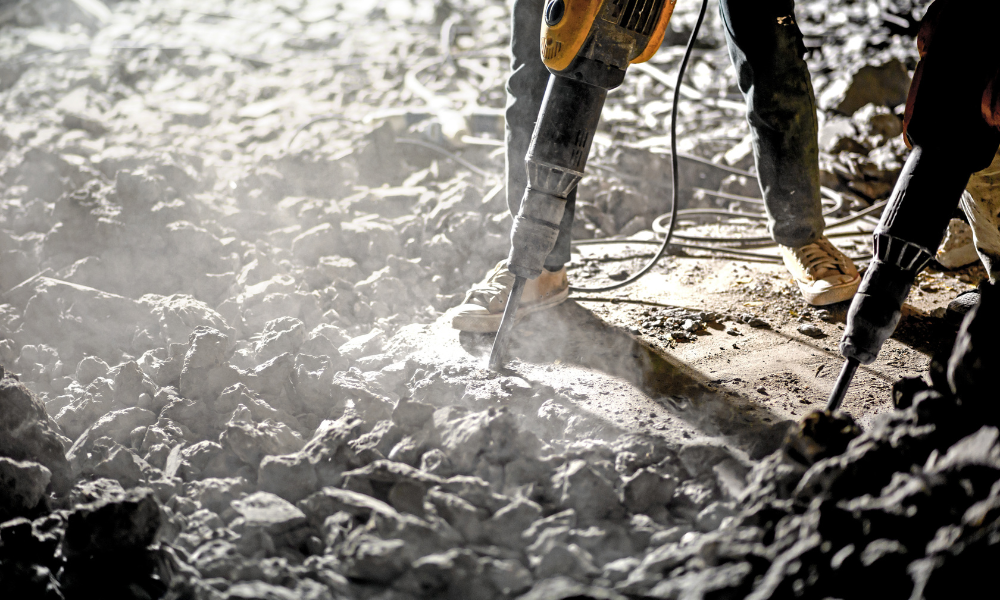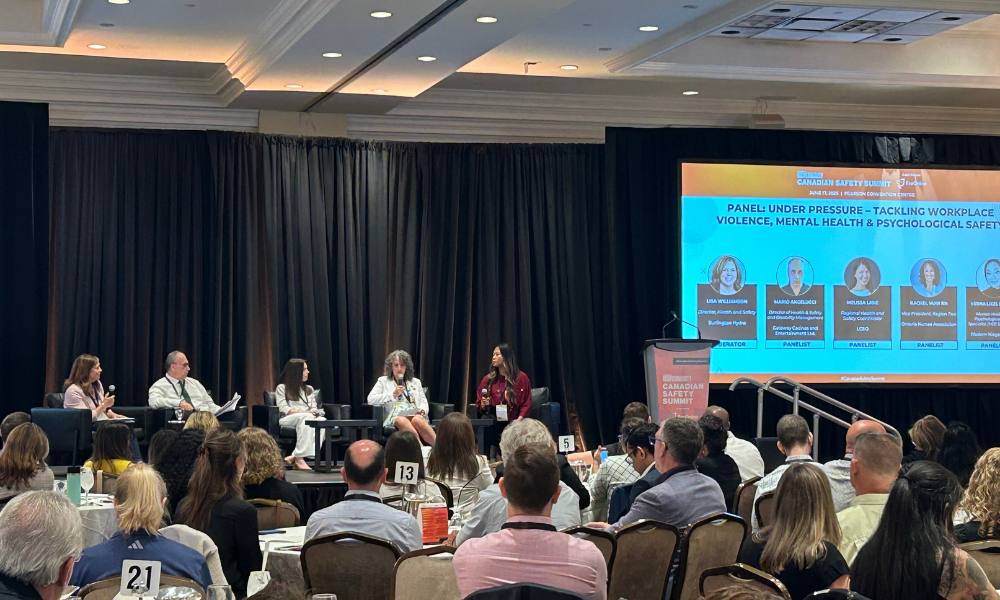Cargill Canada's safety leader on legal regulations, self-development and the power of putting people first

For Mike Vanderhorst, being in the safety game isn’t just another job – it’s a calling. And, as the environment, health and safety (EHS) director at Cargill Canada – responsible for the wellbeing of over 8,000 people – it’s no mean feat.
“Being in this position is a real privilege,” he tells COS. “And it’s a [pleasure] to drive that from a health and safety perspective. Because at the end of the day, whether it’s occupational health, physical safety or mental wellbeing – it’s all about ensuring that our employees and our contractors get home to their families.”
The challenge of safeguarding such a diverse workforce, however, is compounded by the varied nature of Cargill's operations - which range from protein plants and export terminals to crop input locations and feed mills.
According to Vanderhorst, “We're operating in two different legislative fields,” he says. “We’re federally regulated, we're regulated under the Canada Labor Code, and then we're also regulated under the provincial rules and regulations. That's dynamic in itself. Again, the reliance on our EHS professionals is to be really keen on your self-development, first and foremost in understanding the headwinds we need to face into from a federal or provincial perspective. And with regards to the myriad of safety and environmental regulations, to protect our people and the community.”
And it’s this passion for self-development that embodies Vanderhorst’s personal and professional philosophy – always championing his team to stay abreast of the latest safety standards and innovations.
“It really comes down to the freedom scale around professional development for our EHS professionals – the opportunity for growth and what that can lead to. The piece around that is multifaceted with the number of industries that we work within Cargill, and the size and scope that requires the deep knowledge of a passionate EHS team.”
There’s a high regard for post-secondary school, whether studying Environmental Sciences at University or obtaining an Occupational Health and Safety bachelor certificate, according to Vanderhorst. For him, however, the defining point is that the individual is passionate about their own development – whatever that might look like.
And while Vanderhorst is particularly proud of several initiatives aimed at eliminating serious injuries and fatalities within the company, his crowning glory was improving the safety in animal handling processes at Cargill’s meat plants.
“I want to give a lot of credit to our Operations and EHS teams around using the data to tell us where we think we need to anticipate or when to expect a serious injury or fatality,” he tells COS. “It was within our sphere, within our animal handling in process plants, that environmental health and safety teams have come together to have a very laser-like focus on controlling animal movement -putting in barriers and protective layers of defense measures to reduce and eliminate the contact that could be made with live animals.”
Another significant initiative targets the safety of Cargill's commercial teams, particularly those operating vehicles in rural areas. Here, the team have embraced technology to monitor driver behavior and route planning, helping navigate the challenges of rural roadways safely. And yet, despite these efforts, Vanderhorst is acutely aware of the unpredictable nature of safety management. He recounts the emotional toll of dealing with workplace fatalities, moments that test the resolve of even the most experienced safety professionals.
“Nothing can prepare you for when you get that phone call,” he tells COS. “You arrive at that location and walk into a room full of people who’re literally in tears because they've lost a colleague. And whether you've lost a colleague to an occupational injury or a non-occupational injury, nothing can prepare you.”
It’s dealing with crises such as that one, however, that’s led to greater focus around how Cargill’s sales teams travel safely. And, looking to the future, this commitment to fostering an authentic culture of safety is only set to grow under Vanderhorst’s stewardship.
"At the end of the day, our values are putting people first, doing the right thing, and reaching higher. That means a lot to myself – but it’s also a team effort. In my 30+ years of working in this environment, whether it's in our protein plants or in our export terminals, in our small crop locations or feed mills, the wide variety of our expertise is [there] to serve our customers. And, with the 45 colleagues that I get to lead across the country, it excites me to know I can drive and support our senior leaders across the organization here in Canada.”





